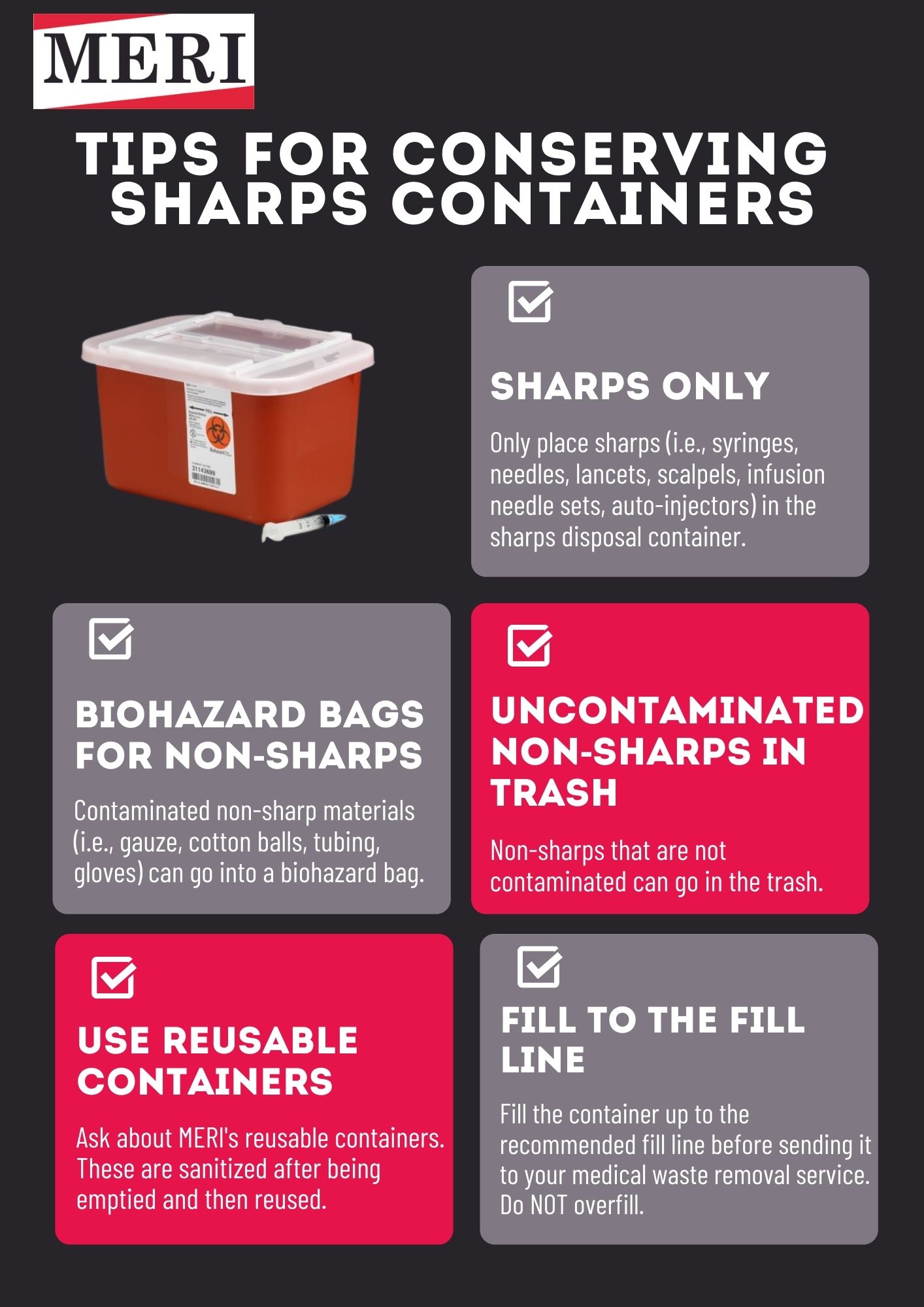Environmental Duty: The Eco-Friendly Technique to Medical Waste Disposal
Environmental Duty: The Eco-Friendly Technique to Medical Waste Disposal
Blog Article
Understanding the Different Types of Waste Disposal Methods
In the world of waste monitoring, the array of disposal strategies offered today is huge and differed, each approach offering a distinct purpose in dealing with the obstacle of garbage disposal. click here. From reusing approaches that intend to give new life to materials, to the complex processes of dangerous waste monitoring, the landscape of garbage disposal is complex yet important for ecological sustainability. Recognizing the subtleties of these various techniques not only clarifies the significance of liable waste monitoring yet additionally motivates us to rethink our approach towards waste disposal in a quickly progressing globe

Recycling Methods
Recycling approaches are critical for sustainable waste management techniques in both industrial and property setups. medical waste removal near me. By applying reliable recycling approaches, a significant amount of waste can be drawn away from garbage dumps, preserving natural sources and minimizing the environmental effect of manufacturing procedures
In property areas, curbside recycling programs play a crucial role in motivating households to different recyclable materials from basic waste. Products such as paper, plastics, glass, and metals can be arranged and collected for processing right into new products, lowering the need for basic materials and energy-intensive production processes.
Industrial centers additionally count on recycling techniques to decrease waste generation and promote a circular economic situation. By implementing closed-loop systems, services can recycle materials within their production procedures, lowering prices and environmental impact. medical waste removal service. In addition, industrial recycling programs commonly entail partnerships with specialized recycling facilities to guarantee that products are effectively arranged, processed, and reintegrated into the supply chain
Composting Methods

Aerated fixed pile composting includes mixing organic waste products in a large stack and frequently transforming it to guarantee correct aeration. This method is well-suited for smaller-scale procedures and households.
In-vessel composting entails placing natural waste in a shut container with controlled conditions for temperature level and aeration. This technique works for managing food waste in city locations. Windrow composting includes creating long rows of natural waste and routinely transforming them to advertise decomposition. This method is generally used in agricultural settings.
Landfill Disposal
Landfill disposal is a commonly made use of approach for taking care of waste that can not be reused or composted. Methane gas, a by-product of breaking down natural waste in landfills, is frequently collected and made use of as a resource of sustainable energy. Initiatives to minimize reliance on land fills consist of promoting waste decrease, reusing, and checking out alternative waste disposal approaches to lessen the environmental footprint linked with standard landfill disposal techniques.

Waste-to-Energy Incineration
Incineration of waste for energy generation is a technique increasingly being thought about as a choice to conventional garbage dump disposal strategies. Waste-to-energy incineration involves the combustion of waste materials at heats, typically in specialized facilities developed to create electricity or warm with the procedure - click here. This technique not just lowers the volume of waste that would or else be predestined for landfills however additionally uses the heat created throughout incineration to develop power
One of the essential advantages of waste-to-energy incineration is its capacity to create electricity while lessening the environmental effect contrasted to traditional land fill disposal methods. By converting waste right into power, this approach helps in lowering greenhouse gas emissions and reliance on fossil gas for power generation. In addition, waste-to-energy centers are furnished with innovative air contamination control modern technologies to mitigate potential environmental pollutants released during the combustion procedure.
Hazardous Waste Monitoring
.jpg)
Considering the important importance of liable waste management techniques, especially in the realm of environmental sustainability, the focus currently moves towards the intricate domain name of Contaminated materials Administration. Contaminated materials poses considerable risks to both human health and the setting, requiring specialized handling and disposal strategies. Typical examples of unsafe waste consist of chemicals, batteries, pesticides, and digital waste.
Contaminated materials Administration involves the recognition, collection, transportation, therapy, and disposal of materials regarded potentially unsafe or dangerous. This process calls for adherence to stringent laws and guidelines to mitigate unfavorable influences on environments and public health. Different methods are utilized in managing contaminated materials, including recycling, safe garbage dumps, encapsulation, and chemical treatment.
Appropriate Hazardous Waste Administration is essential for protecting against contamination of soil, water resources, and air contamination. It is important for markets, laboratories, health care centers, and other generators of contaminated materials to apply robust administration approaches, training programs, and emergency feedback prepares to make sure the secure handling and disposal of these materials. Failure to handle unsafe waste appropriately can have significant repercussions, underscoring the importance of liable and persistent methods in this field.
Verdict
In verdict, waste disposal strategies play a critical duty in handling and lessening the effect of waste on the atmosphere. It is essential for markets and individuals to understand the various waste disposal methods offered and choose the most ideal approach for sustainable waste monitoring.
In the world of waste administration, the range of disposal techniques readily available today is huge and differed, each technique serving an unique purpose in resolving the difficulty of waste disposal. click here. From recycling methods that intend to offer brand-new life to materials, to the intricate procedures of harmful waste management, the landscape of waste disposal is intricate yet critical for ecological sustainability. Understanding the subtleties of these various methods not only loses light on the significance of responsible waste monitoring however additionally triggers us to rethink our strategy towards waste disposal in a rapidly advancing world
Initiatives to decrease dependence on garbage dumps include promoting internet waste decrease, recycling, and checking out alternate waste disposal approaches to reduce the ecological footprint linked with conventional land fill disposal practices.
It is vital for individuals and sectors to recognize the different waste disposal strategies available and pick the most appropriate technique for lasting waste administration.
Report this page